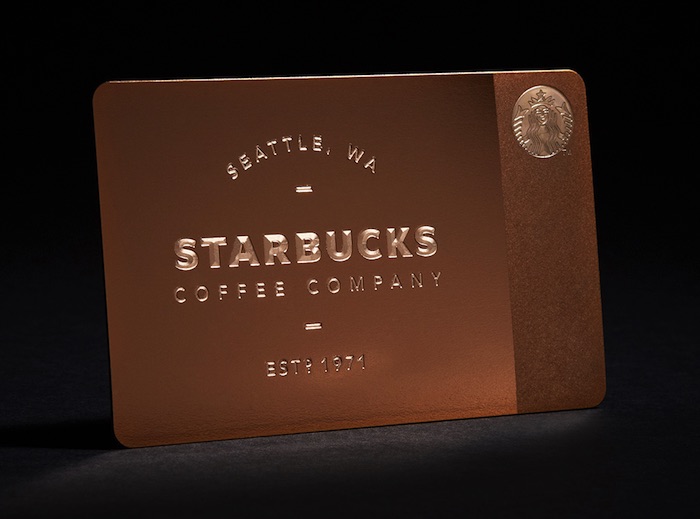The Spiral Pricing Model: Pricing Strategies for Maximum Revenue
From Basics to Brilliance: Pricing Strategies for your Product
Pricing is one of the most sensitive levers that you can use to maximize your profit. If you get your pricing wrong, you could be limiting your profit potential. It can also affect the lifetime value of your customers. More damaging still, it can harm your brand. If you get your pricing right, you can maximize your profit potential and earn enough money to start marketing your product. This can create the so called 'flywheel effect' where your business can grow and grow and grow (with very little intervention from you!).
Pricing can be Costly
Many first time entrepreneurs look at 'cost plus' pricing. This calculates the price of the product by identifying the cost of production and then applying markup on top of those costs. If you write an ebook and calculate the total number of hours multiplied by your hourly rate, this is the 'cost of production'. If this works out at $1000, then anything you make above $1000 is pure profit.
Another alternative is to look at market pricing. This calculates the price of your product by matching the price of competing products.
Whilst these techniques do work, you are probably missing out on significant revenue. One solution is value based pricing.
Value Based Pricing
This is where you price your product based on the perceived or estimated value to the customer. Using this method can often yield higher margin sales and (often misunderstood) happier customers.
Alternative Pricing Models
There are plenty of other pricing models including
- Front Loaded
- Pay What You Want
- Discriminatory Pricing
- Loss Leaders
- Goldilocks Pricing
- Freemium
The Best Pricing Model
You've seen how pricing mistakes can reduce your revenues and reduce your profits. So, what the solution? Is there a better pricing model? Which one is the best?
Starbucks ran a campaign in late 2012. They offered customers a Starbucks gift card loaded with $400. How much did they charge for this gift card? $450!
What? For a gift card? Yes.

Not only did Starbucks sell the gift card; they sold out. They then started appearing on eBay for over $2,500. This is value based pricing. You should not be selling by thinking about monetary amount. You should be selling by thinking about value.
"Sell the hole, not the drill...People come to the Apple store for the experience" - Ron Johnson, Senior VP of Retail at Apple
Is this the best pricing model? What about Spiral Pricing?
The Spiral Pricing Model
This has been popularised by companies such as pinboard, bumpsale and most recently by Nathan Barry for his latest workshop:
This is where things get interesting. I wanted to price the workshop at $499. Jason agreed that was the right price based on the value of the workshop, but he had a better (or at least more exciting idea). Something that he calls "bump sale pricing" [also called Spiral Pricing]. Basically the ticket price starts at $1. Then for every ticket sold it increases by $1.
- Nathan Barry
Most companies don't release details on how successful the spiral pricing model is but it can be an excellent marketing technique to drive additional interest and therefore sales. It also helps with the 'halo effect' and adds another touch point to the purchase process.
Here's one quick example for a game developer:
Wayward Souls, a game for the iPhone, was released on the App Store in April 2014 for an initial price of $4.99. Each time there was a content update the price increased by a dollar.
"Every time we do a big content update, we will raise the price by a dollar."
The comment after a few weeks of sales:
"the pricing experiment has been a tremendous success,"
Here's another example from the charming Paul Jarvis:
A few years ago I created a company called IWearYourShirt and it got traction because of the pricing structure I used. I charged $1 on January 1, $2 on January 2, $3 on January 3, all the way up to $365 on December 31 (calling this “Bumpsale” pricing now). It may not sound like much, but when all 365 days sold it added up to $66,795. Not too shabby.
- Jason Zook, How We Made Over $26,680
What's the Answer?
As always, it depends. Whilst one pricing model may work for some companies, it won't work for all companies. For example, freemium pricing is best at building a large user base where the success of your product is dependent on network effects. However, it often requires increased budgets (to handle support and administration costs) as well as a long runway.
If you want some help with pricing your product or SaaS application, join the list below and I'll be delighted to help you identify the best strategy.